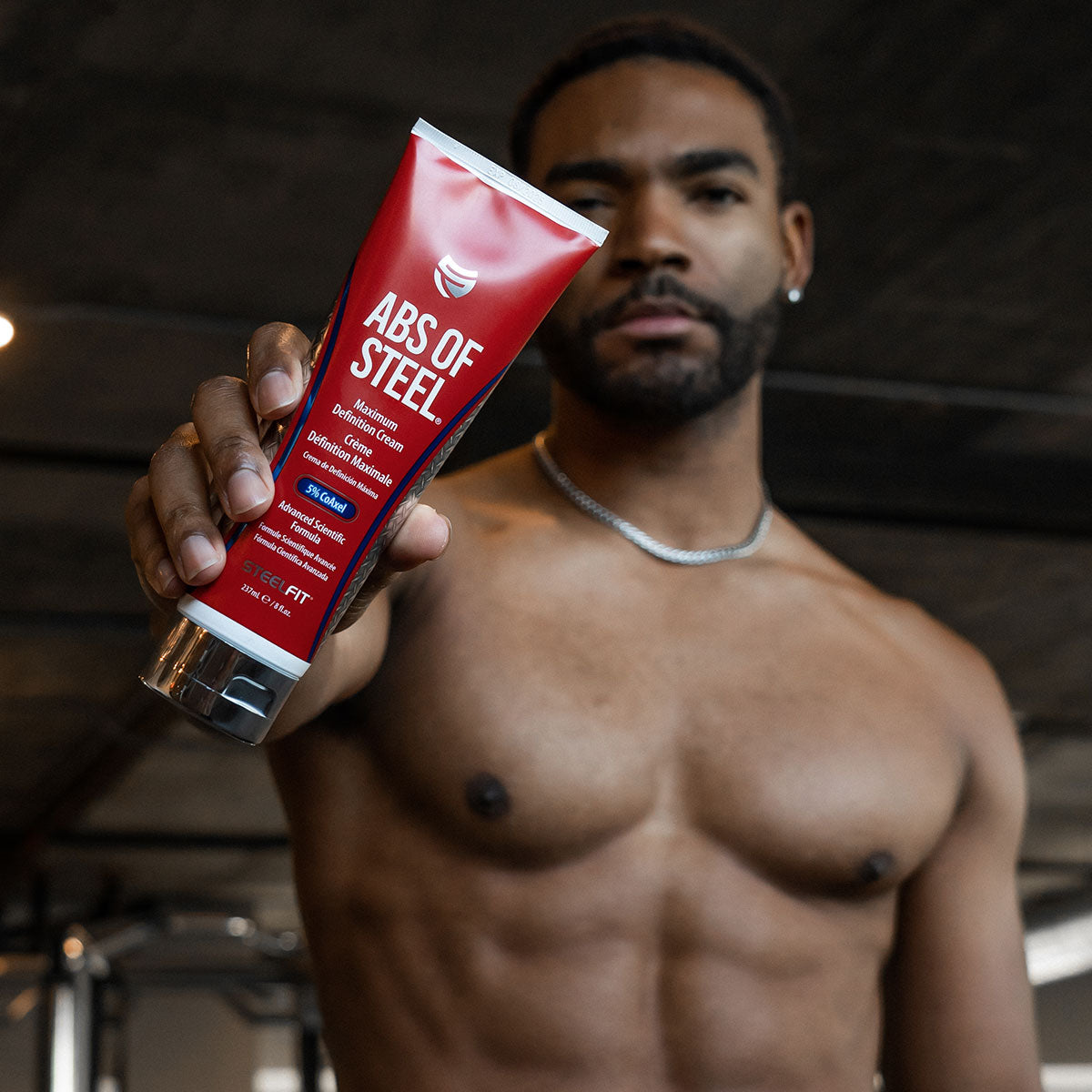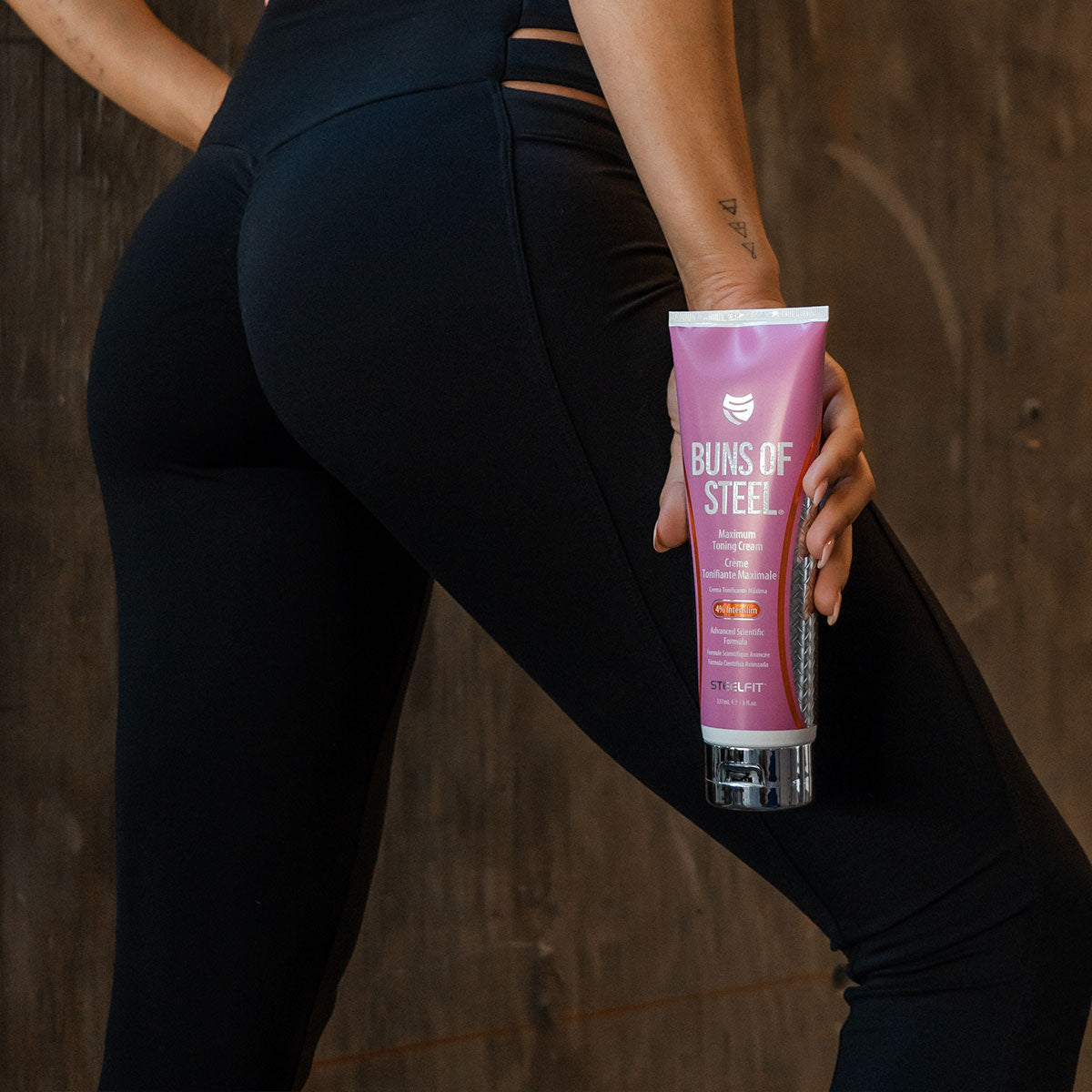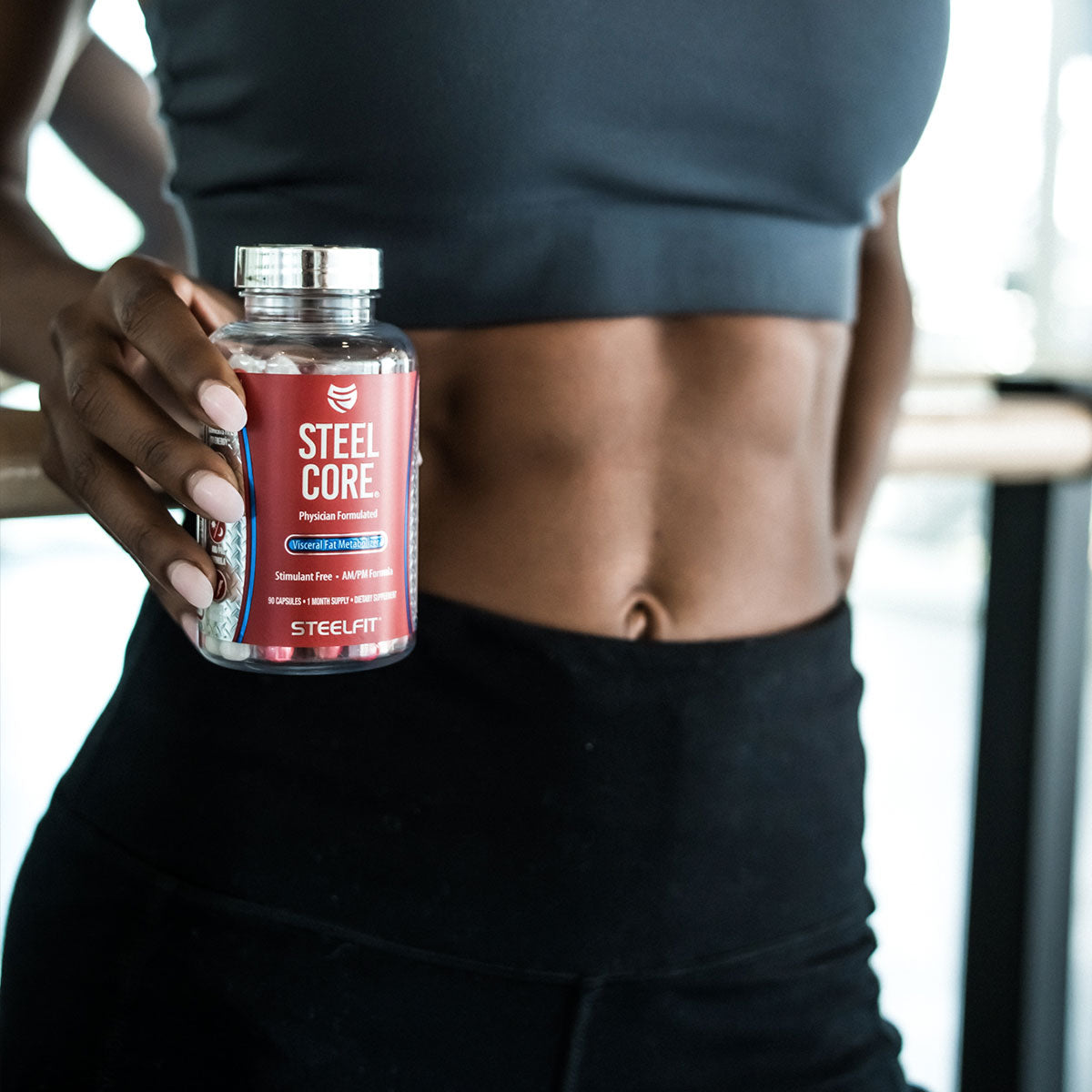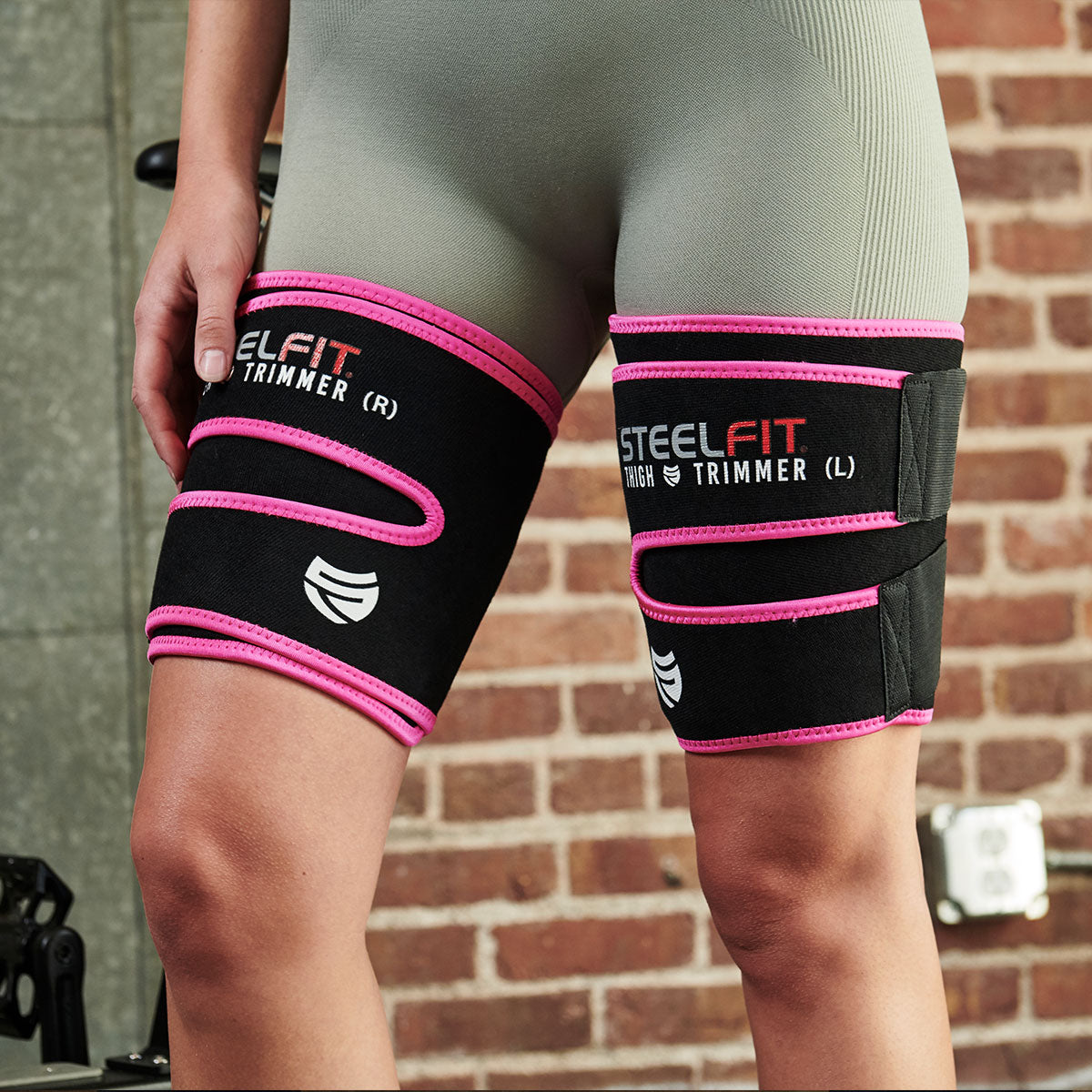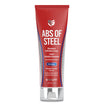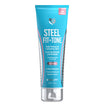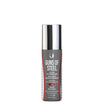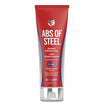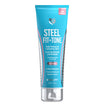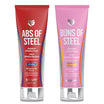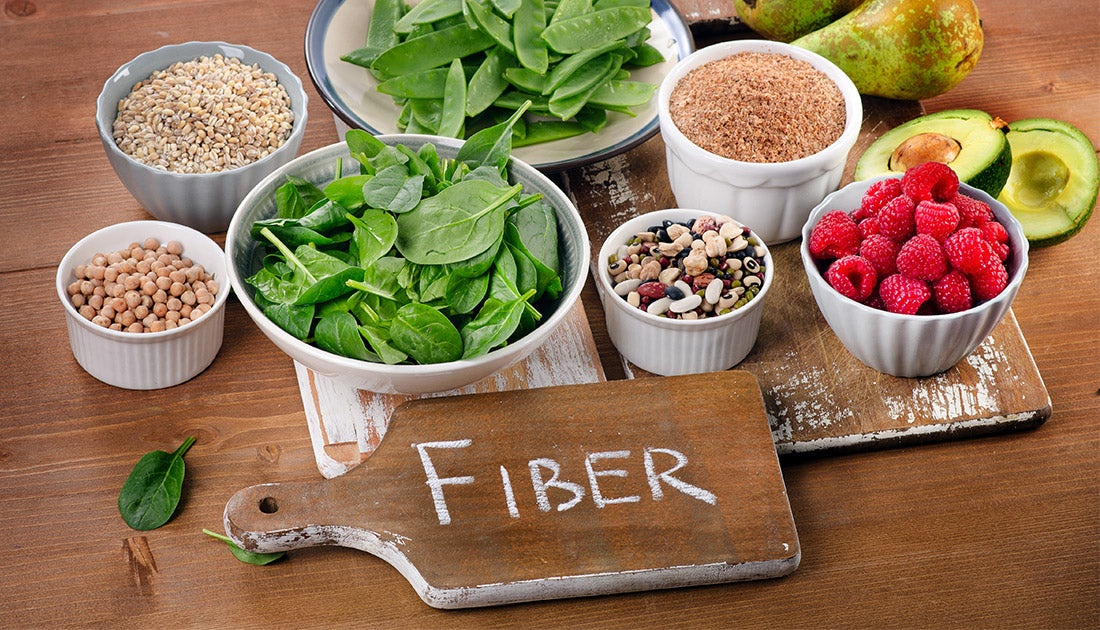Health and wellness.
These two words are often used together and/or interchangeably in the world of fitness.
On the surface, they would appear to mean the same thing.
If you are in good health, indeed your wellness is good... right?!
Maybe, maybe not.
Today, we clear up the confusion and discuss the difference between health and wellness.
What is Health and Wellness?
As we mentioned at the outset, health and wellness are two terms that are often used interchangeably, but their origins and meanings are different. [1]
“Health” was defined by the World Health Organization (WHO) in the 1940s as:
"a state of complete physical, mental and social wellbeing and not merely the absence of disease or infirmity."
"Wellness," on the other hand, can have varying definitions, depending on the context in which it is used.
The Wellness Institute defines “wellness” as:
“an active process through which people become aware of, and make choices toward, a more successful existence.”
This definition is based on three principles.
Wellness is:
- a conscious, self-directed, and evolving process of achieving full potential.
- A multidimensional and holistic, encompassing lifestyle, mental and spiritual wellbeing, and the environment.
- positive and affirming
What is the Difference Between Health and Wellness?
As we mentioned at the outset, health and wellness are two terms that are often used interchangeably, but their origins and meanings are different. [1]
Health refers to physical, mental, and social wellbeing; wellness aims to enhance wellbeing.
In other words, the difference between health and wellness is that health is a state of being, whereas wellness is the state of living a healthy lifestyle.
Moreover, wellness emphasizes the preventive care of adverse effects on the overall wellbeing of an individual.
Now, let’s look at some ways to improve health and wellness.
How to Improve Physical Health and Wellness
According to the World Health Organization (WHO), significant challenges to an individual's health are their social, economic, and physical environments as well as the individual's characteristics and behaviors. [1]
With that in mind, here are some ways to improve physical wellness:
Watch What You Eat
What you eat has a direct, palpable effect on your health. As such, if you're looking to not only survive but thrive during your time here on Earth, you must fuel your body with the best foods possible while limiting foods that offer little nutritional benefit.
This means basing your diet around fruits, vegetables, lean proteins, healthy fats, nuts, seeds, legumes, and whole grains.
These foods are micronutrient powerhouses teeming with essential vitamins and minerals as well as antioxidants. This is all in addition to providing your body with the raw materials it needs daily, like essential amino acids and essential fatty acids.
To further augment your intake of micronutrient-rich foods, you can also incorporate a greens supplement into your daily diet, such as Steel Greens®.
Steel Greens® is a delicious-tasting, and nutrient-dense superfood greens and reds complex offering all the benefits of whole plant foods to help fuel your active lifestyle. Steel Greens' serving also contains digestive enzymes and probiotics to support digestion, nutrient utilization, and gut health.
Now, don't take this to mean that you can't have some junk food here and there (you certainly can). It's just that if you're looking to improve or optimize wellness, then you want the majority of your diet to focus on minimally processed foods.
Get Enough Sleep
Sleep is essential to your mental, physical and emotional health.
Not getting enough sleep is known to wreak havoc on your body in several ways, including:
- Reducing feelings of positive mood and wellbeing
- Decreasing motivation to exercise
- Impairing muscle recovery
- Increasing feelings of hunger (particularly for high-calorie foods)
- Reducing feelings of satiety
- Disrupting energy metabolism
- Promoting fat storage
- Reducing insulin sensitivity
Experts recommend getting between 7-9 hours of quality sleep each night.
If you need help getting quality sleep, try some of these tips:
- Set a bedtime (and stick to it)
- Establish a bedtime ritual
- Avoid caffeine and alcohol before bed.
- Limit blue light (tv, computers, smartphones, tablets, etc.) 2 hours before bed
- Avoid sources of stress right before bed (social media, news, work emails, etc.)
- Meditate/pray
- Perform breathing exercises
- Journal
- Read
- Have a cup of herbal tea
You can also use a nighttime relaxation aid, such as Steel Dreams®, which contains natural, non-habit-forming ingredients like L-Theanine and Ashwagandha that promote feelings of calm relaxation and help quiet a hyperactive mind.
Exercise
No surprise here.
Maintaining high levels of physical activity is paramount to achieving optimal health.
The American Heart Association (AHA) recommends a minimum of:
- 150 minutes of moderate-intensity aerobic activity per week, or
- Seventy-five minutes per week of vigorous aerobic exercise, or
- a combination of both, preferably spread throughout the week. [2]
The AHA also recommends the addition of moderate- to high-intensity muscle-strengthening activity (such as resistance training) at least two days per week. [2]
While the minimum amount of physical activity recommended for health is 150 minutes per week, the AHA notes that “even more benefits” can be obtained by being active at least 300 minutes (5 hours) per week. [2]
Beyond the metabolic and cardiovascular benefits of regular exercise, it also causes the release of feel-good chemicals in the brain like dopamine and serotonin!
Suppose you're already getting in your weekly exercise requirements and looking to take your training to the next level. In that case, SteelFit offers several premium-grade supplements to improve energy, motivation, focus, and fatigue resistance, including our best-selling pre-workout Steel Pump® and top-rated cardio supplement, Steel Sweat®.
Manage Stress
Stress is a part of life, and to be frank, some of it is required to force the body to grow stronger and become more resilient.
However, (as with most things in life) having too much stress can be detrimental. In the acute sense and chronic, low levels of stress (like sleep deprivation) are known to level all sorts of metabolic maelstrom on the body and mind.
Taking steps to reduce exposure to various stressors (such as limiting time spent arguing on social media or watching the news) and improving stress management is vital to promoting health and wellness.
Build Healthy, Sustainable Habits
Routines and schedules are things that are often associated with people that are boring or lack imagination. Still, the truth is that more often than not, the most successful people are those who follow a set of daily habits (i.e., daily routine), which sets them up for success in all their endeavors.
What's more, research indicates that building healthy habits can boost creativity and sustain a healthy lifestyle.
Healthy habits could include making sure you get enough sleep, prep your meals for the week, and/or get in daily exercise. When developing these habits, it's essential to create sustainable patterns. After all, if you can't do something day in and day out (or at least more often than not), it's not sustainable...which means it's not a habit. It’s a “when I feel like it.”
Takeaway
Health and wellness are two words often used interchangeably, but there isn't the same thing.
The main difference between health and wellness is that health is the physical, mental, and social wellbeing, while wellness leads to a lifestyle that allows you to gain good health.
The goal of wellness is to enhance your overall wellbeing and promote health.
References
- Stoewen DL. Health and wellness. Can Vet J. 2015;56(9):983-984.
- American Heart Association recommendations for physical activity in adults and kids. www.heart.org. https://www.heart.org/en/healthy-living/fitness/fitness-basics/aha-recs-for-physical-activity-in-adults
